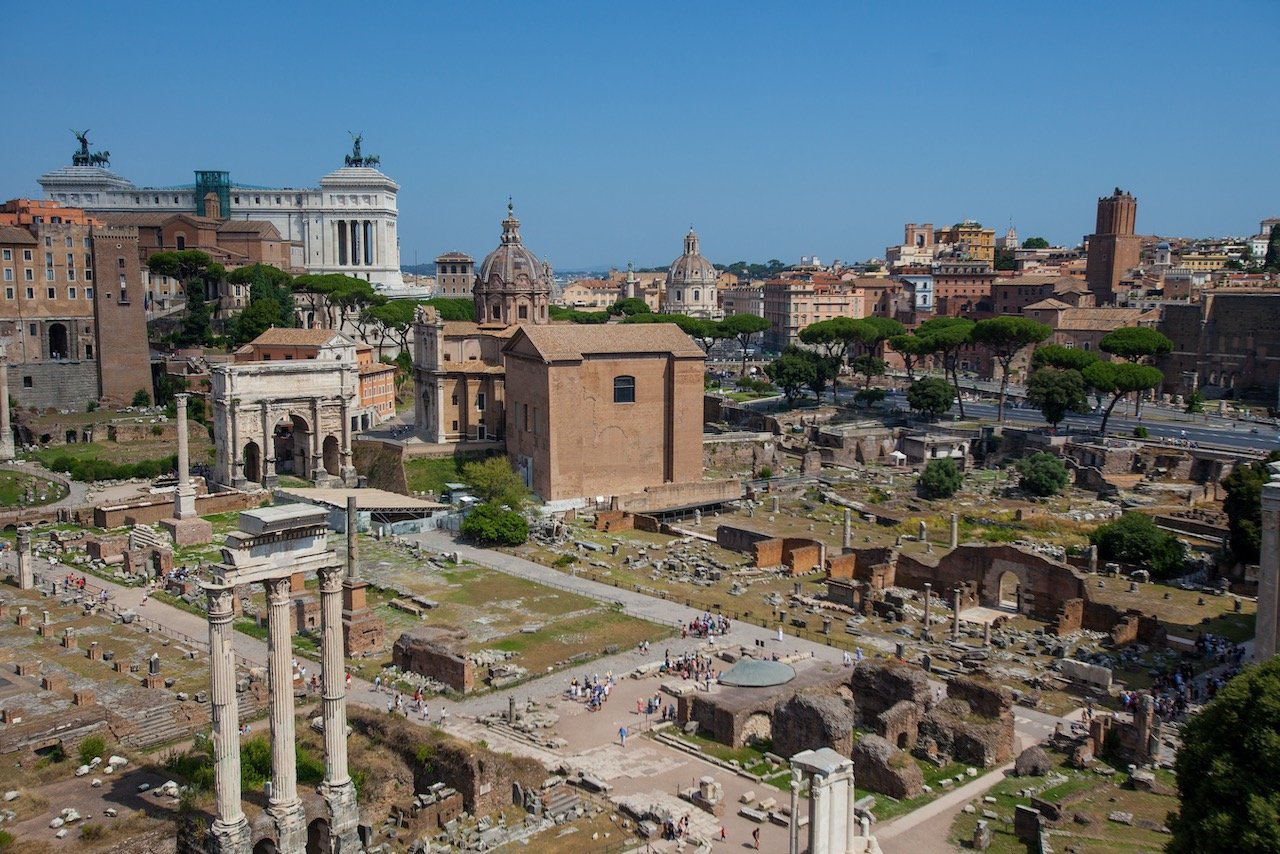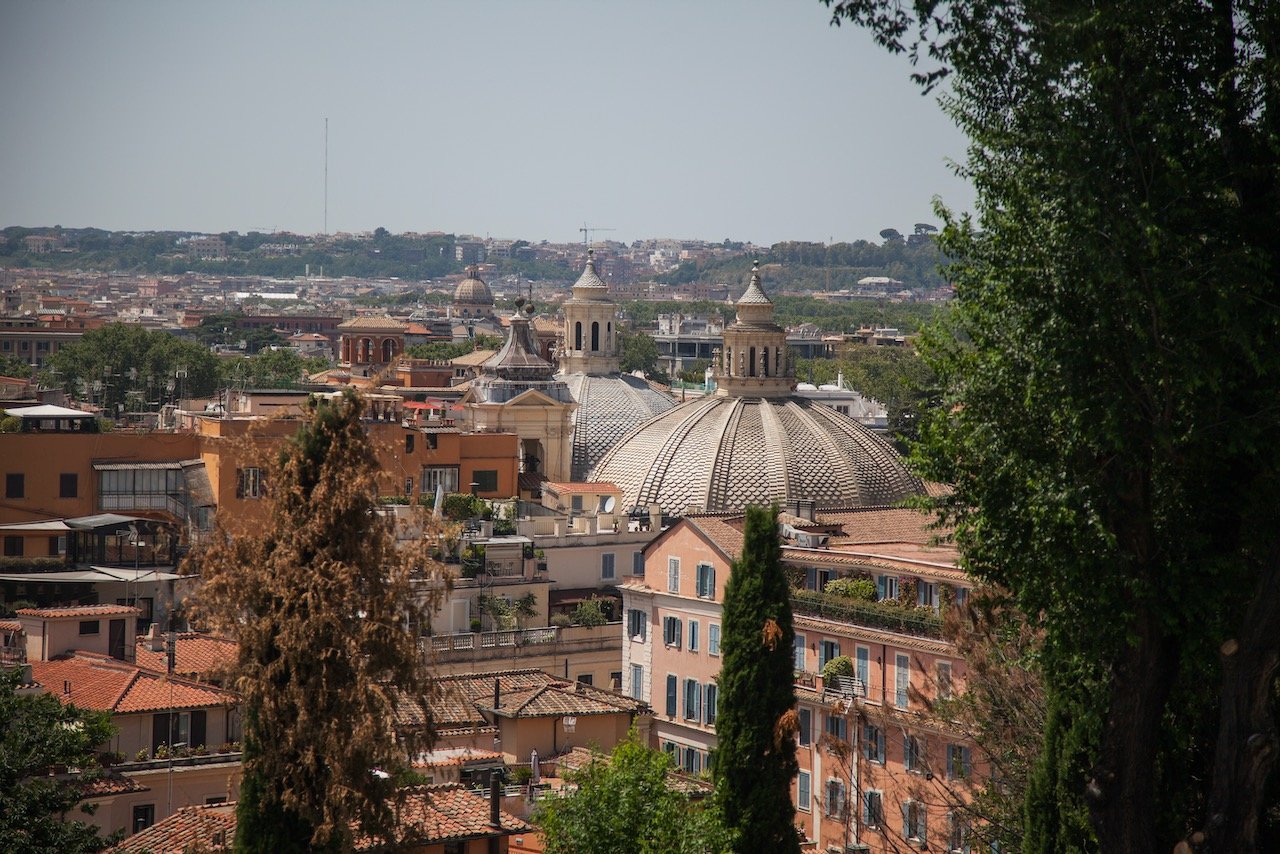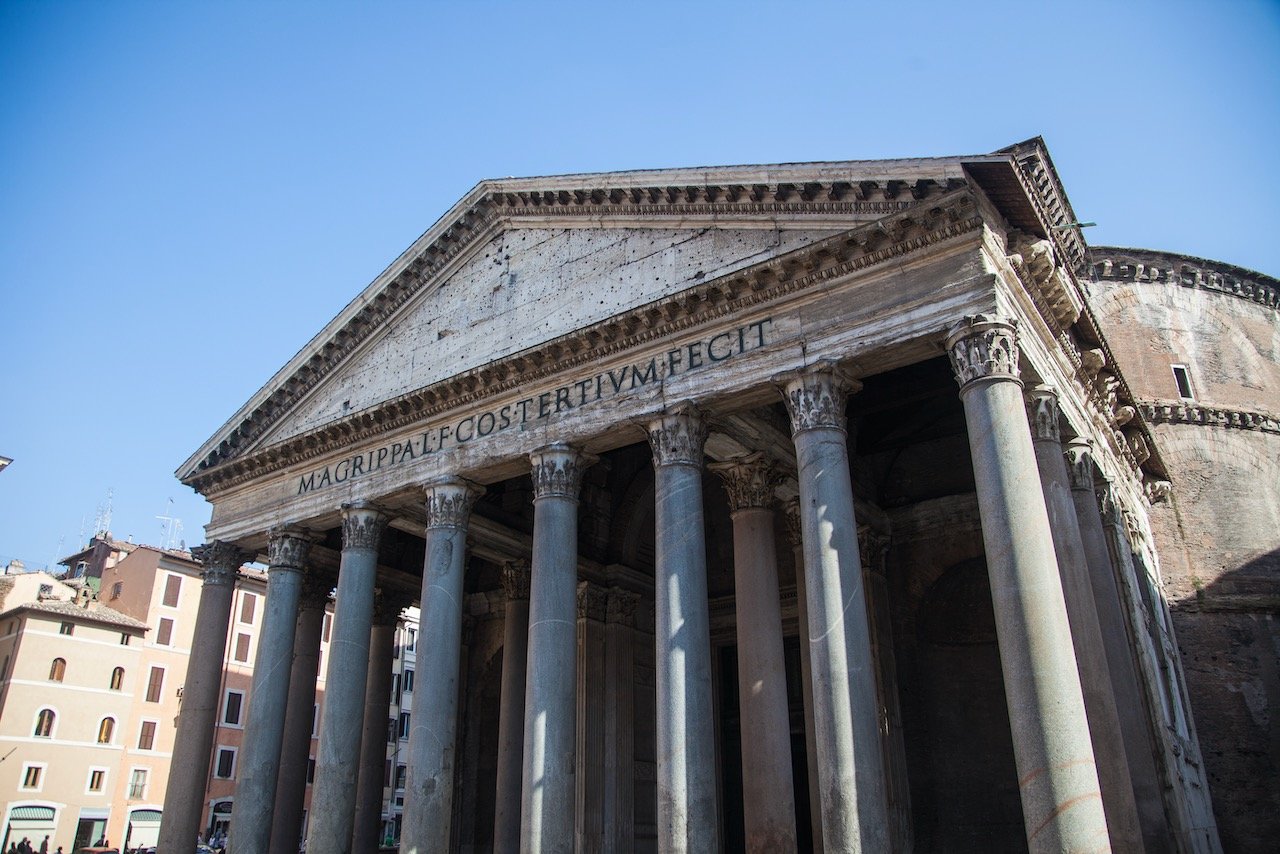A Guide to the Italian Capital City of Rome
(Some links in this post are affiliate links. If you click through and take action, I'll be compensated.) If you are also interested in any PRINTS from any of my posts, be sure to check out my store where you can buy prints as posters, in metal/wooden frames or on canvas.
It is difficult to describe just how monumental the city of Rome is. The history of Rome spans 28 centuries which makes it one of the oldest continuously occupied cities in the world. Founded in 753 BC, its name is thought to have come from its founder Romulus, however some realms of thought think that the name Romulus came from Rome, though the truth remains unclear.
It is commonly referred to as the ‘City of Seven Hills’ as well as the ‘Eternal City’, it is the center of the Catholic Church and described as the ‘Cradle of Western Civilization’. The Roman Empire, whose capital was Rome, is one of the most consequential Empires known to date. The split of the empire and eventually Fall of Rome marked the beginning of the Middle Ages. Further in history, it was the center of the Renaissance movement and birthplace of Baroque styles and Neoclassicism.
The history of Rome is much more storied than I have mentioned so I will not attempt to give a history lesson but merely discuss what some of the great sites to see in the city are. We traveled to Rome in July 2023, during the worst heat wave on record and a surge in tourism post-COVID. Though the crowds were massive, we managed to plan ahead to make our time there efficient and thus more enjoyable.
This blog post is by no means comprehensive, but just places that we visited on our journey that are wonderful to experience. A Google Map of the places I discuss can be found at the end of this article.
Check out my drone video of the Amalfi Coast, Italy below!
How to get to Rome
Book yourself a flight to Leonardo Da Vinci Airport, Fiumicino Airport (FCO) which is the main airport of Rome. Then you have three options to get yourself to the Rome city center:
Bus - You can buy a ticket for a Terravision shuttle bus at the tourist directories serving the airport. The tickets are 9 Euros one way, 15 Euros return. It takes appoximately 70 minutes and drops you off at Rome Termini Train Station.
Train - The Leonardo express that runs every 30 minutes for a price of around 28 Euros.
Taxi - the most expensive option which will run you approximately 50 Euros.
If you like some of my photos that you have come across, just know that I have many prints showcasing a variety of landscapes, including Italy, available for purchase below! (Sold as Posters, Canvas, or in Metal-Frames and Wooden-Frames).
Here are some pretty cool places to check out on your stay in Rome:
Trevi Fountain
This is perhaps one of the most famous landmarks in Rome. The legend says that if you toss a coin into the fountain backwards (with your back to the fountain), you will return to Rome. For myself, I first came here 15 years before going again so you could say the legend worked for me.
The Trevi fountain (Fontana di Trevi) is an 18th century landmark designed by Nicola Salvi. It is the largest Baroque fountain in the city standing 26 meters high and 49 meters wide. The fountain is situated at the junction of three roads, one of which is the famed Aqua Virgo, an ancient aqueduct that supplied water for ancient Rome. The scene depicted in the fountain shows Romans locating a source of pure water, that was redirected into the city with 22 kilometers of aqueducts.
TIP: There are PLENTY of fountains across Rome where you can fill your water bottle, but do NOT climb on this fountain to do it here.
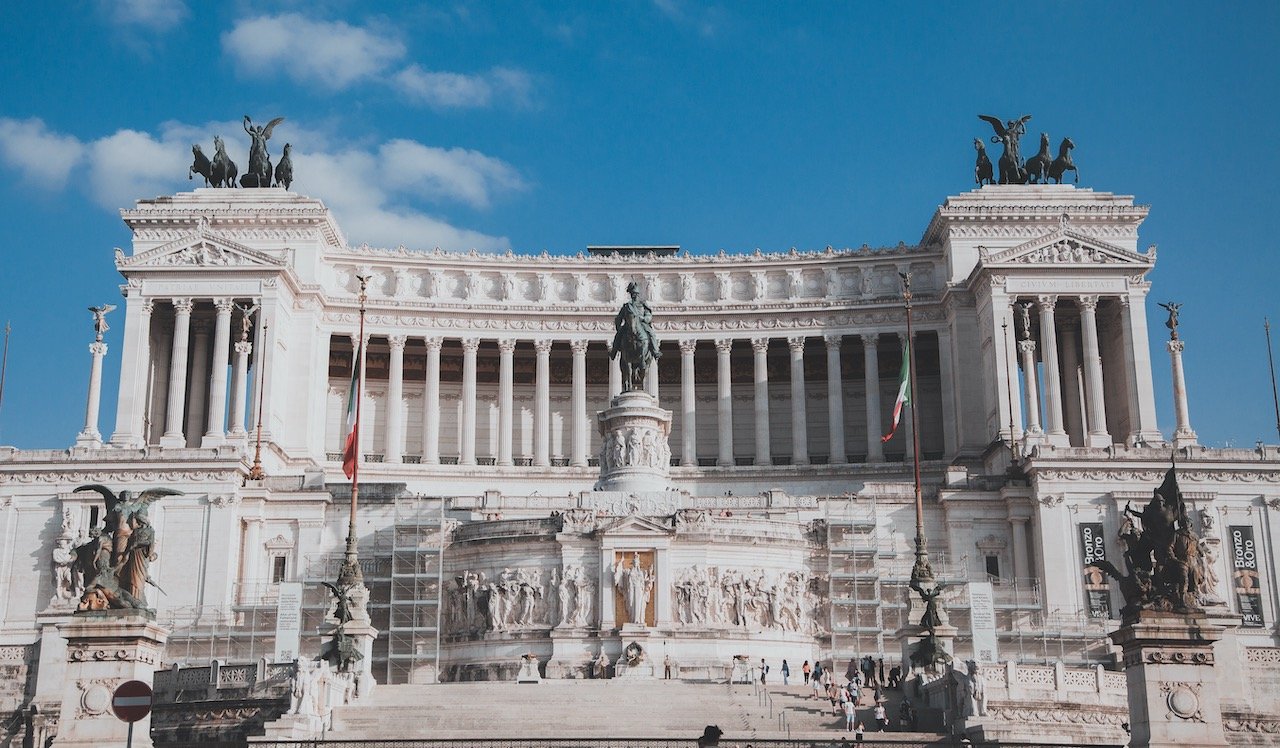
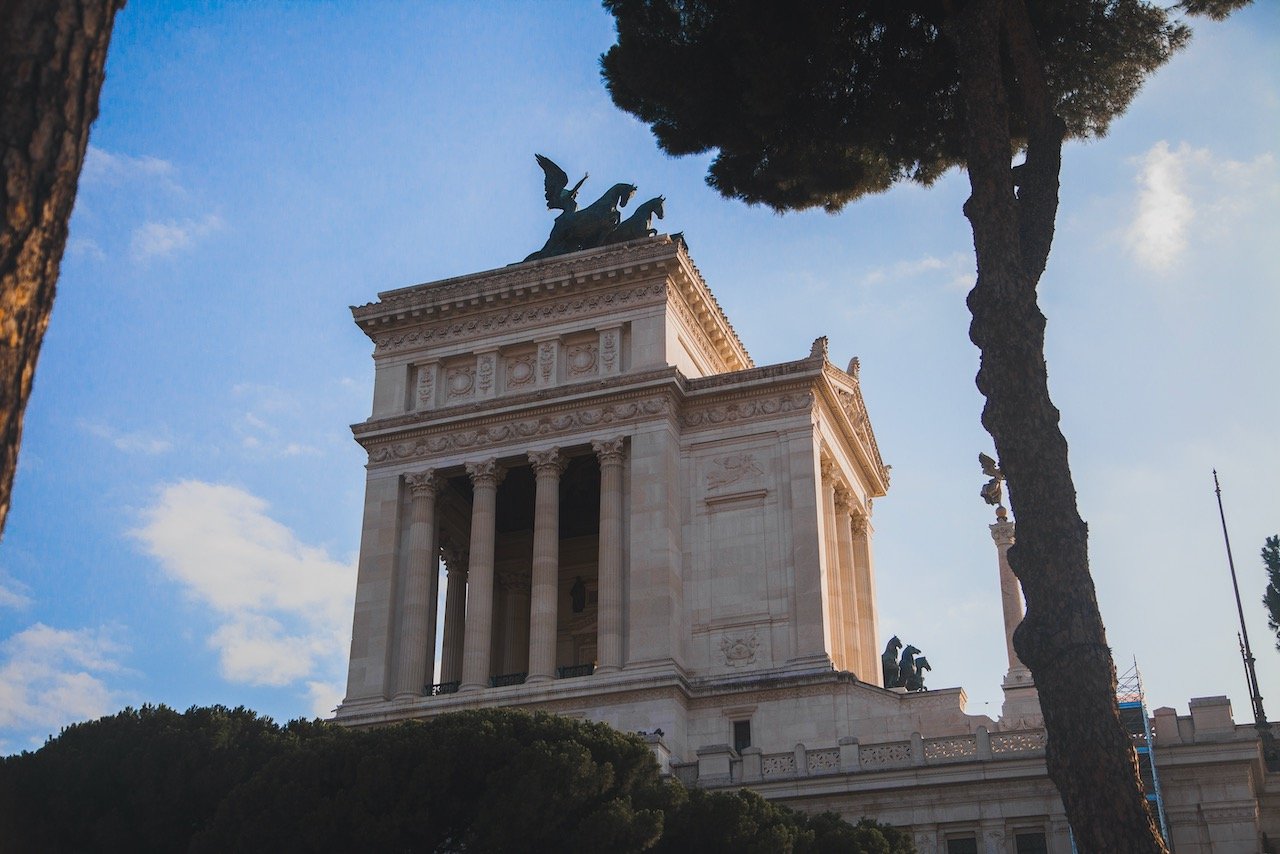
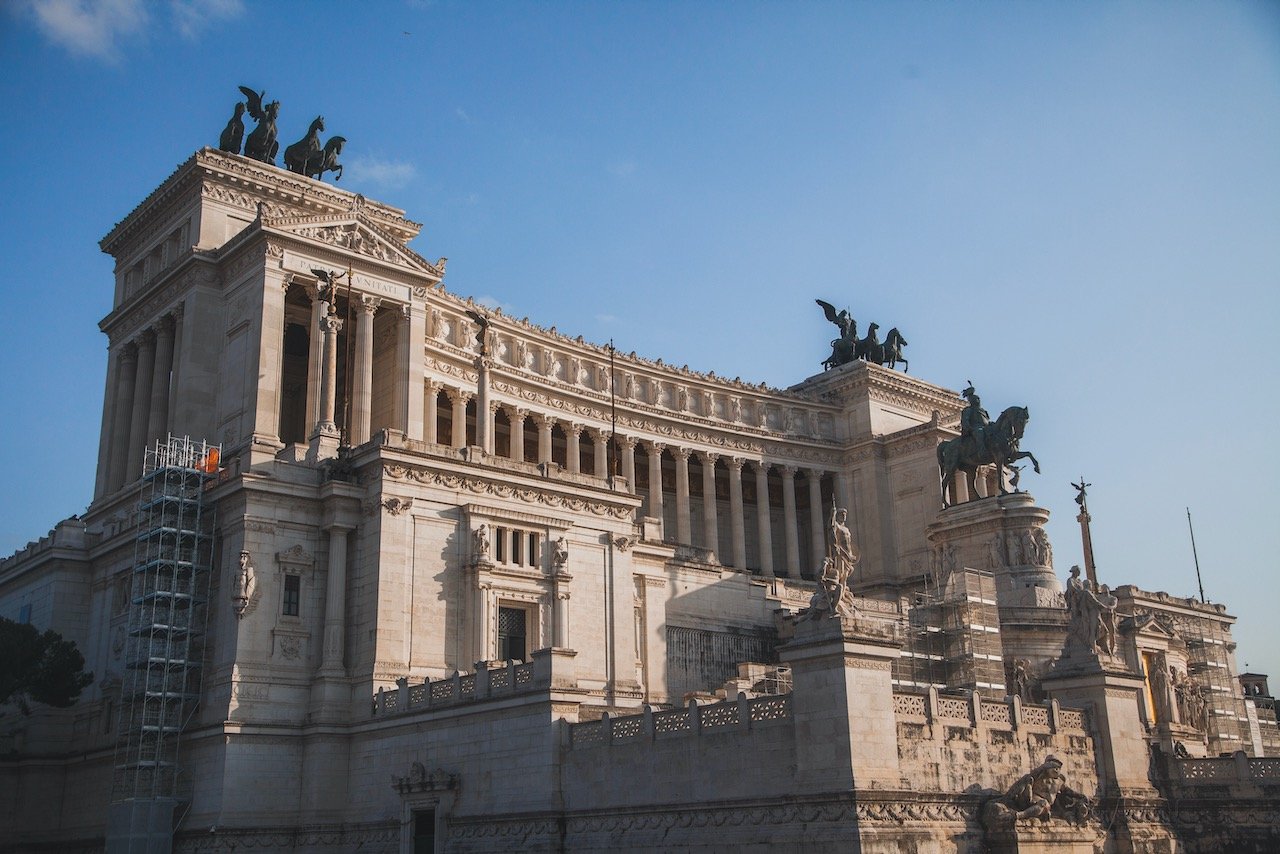
Monument to Victor Emmanuel II
This monument is quite grand. To me, it looked more like a place for a legislative assembly rather than a monument. It is dedicated to Victor Emmanuel II who served as the first king of unified Italy. It was completed in 1935 and situated between Piazza Venezia and Capitoline Hill. Architecturally, it was constructed as a modern form, with an agora on the three levels which are accessed by stairwells and aligned by a colonnade.
Spanish Steps
Along with the Trevi fountain, the Spanish steps have to be the most famous landmark in Rome. The lore of the steps and what they represent is more impressive than the steps themselves. The steps starts at the Piazza di Spagna and elevate towards the Trinità dei Monti church at the top. There are 135 stairs in total and was designed by Francesco de Sanctis and Alessandro Specchi.
Present day, you are no longer allowed to sit on the steps as a way of ensuring moving pedestrian traffic through the landmark. Furthermore, you cannot drive down the stairs (I can’t believe I have to say this), as some tourists have tried to in the past. (Check out the article about that here).
Castel Sant’Angelo
The Castel Sant’Angelo (Castle of the Holy Angel) is also known as the Mausoleum of Hadrian as it was originally commissioned by the Roman Emperor Hadrian. It was erected sometime between 134 and 139 AD. Popes later on then repurposed the structure as a fortress and castle, but present day, it is a museum. The statue on top of the structure is of Michael the Archangel.
Although the structure was closed during the time of our visit, we have heard that it is definitely worth checking out when we return to Rome. It’s most remarkable to approach it from the bridge that spans the Tiber river. The bridge is adorned with Baroque statues of angels holding instruments.
Villa Borghese
This was quite an underrated attraction that we really enjoyed exploring. It was super hot this day so we wanted to try to stay in the shade as much as possible. We headed to the Villa Borghese landscape gardens before the hottest part of the day. It is the 3rd largest park in Rome after Villa Doria Pamphili and Villa Ada. Apparently the gardens are crafted in the way they were back in the 19th century.
There are numerous buildings and museums in the garden as well, in addition to food and drink vendors, and some amazing viewpoints of Rome as well! We had found that people were getting around the gardens using electric bike wagons that were for 2 or 4 people. We decided to rent one for an hour, which cost 12 Euro and it was the best decision we could have made! They were easy to drive and provided shade and some breeze while we pedaled.
Colosseum
As one of the world’s most famous buildings, this site needs no introduction. This elliptical amphitheater was where gladiators would fight it out to the death, to the amusement of the spectators. This structure really exemplifies the glory of Rome. It is the largest still standing amphitheater in the world and was completed in 80AD by Emperor Titus.
The Colosseum is constructed of limestone, volcanic rock, and concrete and holds up to 80,000 people. In addition to gladiator contests, it was home to animal hunts, executions, re-enactments of famous battles, and dramas based on Roman mythology, and mock sea battles. After the medieval period, the building was only used as housing and a Christine shrine.
What is surprising is that the structure is still standing after all the earthquakes that have hit the area over the centuries. It is listed as one of the New 7 Wonders of the World and is even featured on the Italian five-cent Euro coin.
Our experience with the Colosseum was epic. If you really want to make the most of your visit there, I cannot recommend enough to buy tickets in advance, online! This will save you hours from standing in the ticket line, probably in the heat and direct sun. We did this by buying tickets from the official Colosseum website and refreshing the browser when new tickets would become available.
Roman Forum
In addition to your Colosseum ticket, you also get entrance into the Roman forum, which is a sprawing urban complex with a variety of ancient buildings that formed the center of Rome. As the center of daily life back in the heyday of Rome, it was the venue for public speeches, trials, matches, and commercial affairs. It is situated between the Palatine and Capitoline Hills.
You could easily spend an entire day at the Roman Forum alone, with a well documented history of every building and section of the area. We really enjoyed it but were quite spent from the morning at the Colosseum and struggling a bit from the heat.


